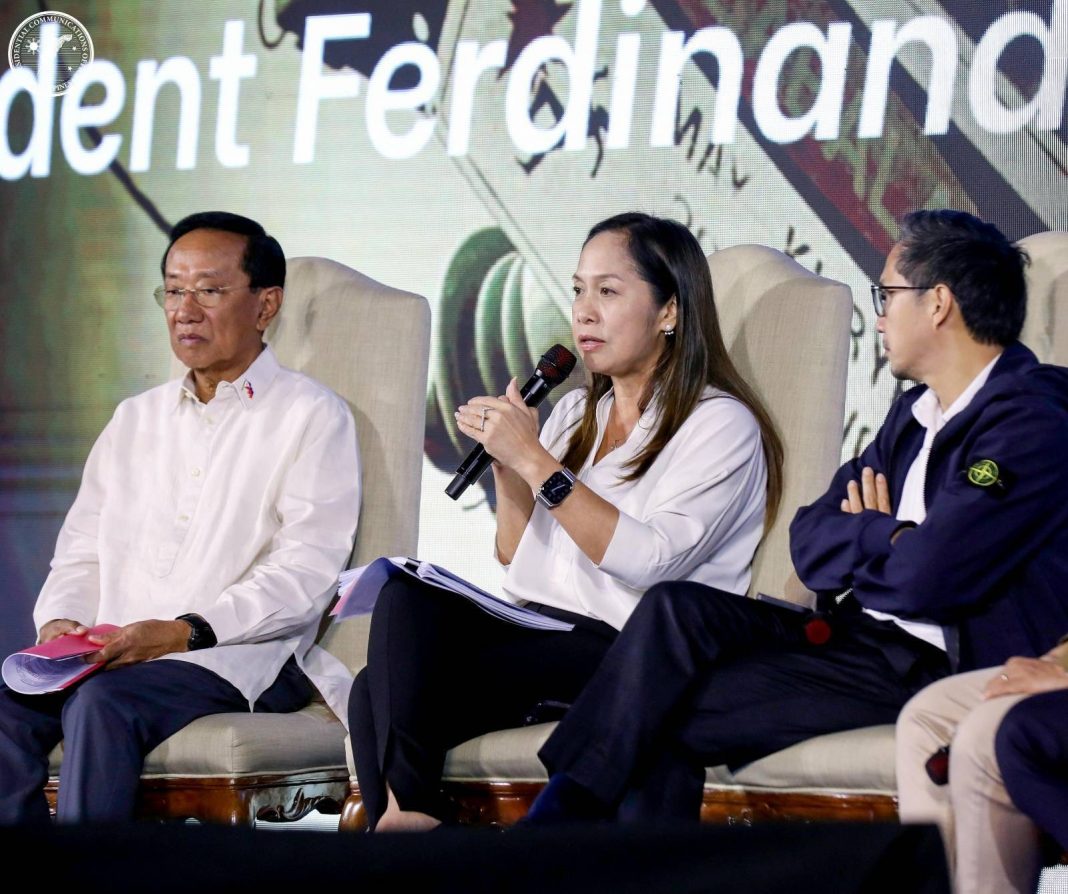The administration of President Ferdinand R. Marcos Jr. is accelerating its goal of achieving 100 percent household electrification, with a strategic plan to provide electricity to an estimated 2.6 million homes in remote and underserved areas.
In a post-State of the Nation Address (SONA) discussion, Department of Energy (DOE) Secretary Sharon Garin detailed the multi-pronged strategy designed to close the remaining five percent electrification gap. The initiative involves three key approaches: micro-grids, individual solar home systems, and streamlined grid connections.
“These are the areas that are far and where it is costly for electric cooperatives to lay down lines,” Garin said, emphasizing the administration’s focus on reaching the most isolated communities. The DOE, in collaboration with the National Electrification Administration (NEA), is spearheading the effort.
The first approach involves establishing micro-grid systems, which will serve as stand-alone power solutions for multiple households. These systems combine solar panels, batteries, and backup diesel generators. The DOE is actively seeking private sector partners to build and operate these solutions.
For individual households in more isolated locations, the government will deploy solar home systems. Each kit will include a solar panel, wiring, battery storage, a light bulb, and a radio with mobile phone charging capabilities.
The third component of the strategy focuses on streamlining grid connections for homes located near existing power lines that have remained unconnected due to prohibitive application fees and complex permit requirements. The DOE and NEA are working together to reduce or waive these fees to accelerate the connection process for these communities.
Secretary Garin also highlighted the administration’s significant commitment to the program through a historical increase in funding for the NEA. “In this administration, the budget for NEA’s electrification efforts has been increased to Php5 billion for the past two years, which is quite historical, as the budget in previous administrations was only Php1 billion to Php2 billion,” she stated.
This strategic push, backed by a substantial increase in government investment, aims to make reliable electricity a reality for all Filipinos, fulfilling a core promise of the current administration’s energy agenda.




